Za'atar is a mix of spices from the Middle East that you didn't even know you needed! It tastes rich, nutty, and layered, and a little goes a long way in Middle Eastern dishes like hummus and labneh. It also works well as a dry rub and makes marinades taste better. Yes, it can do that much.
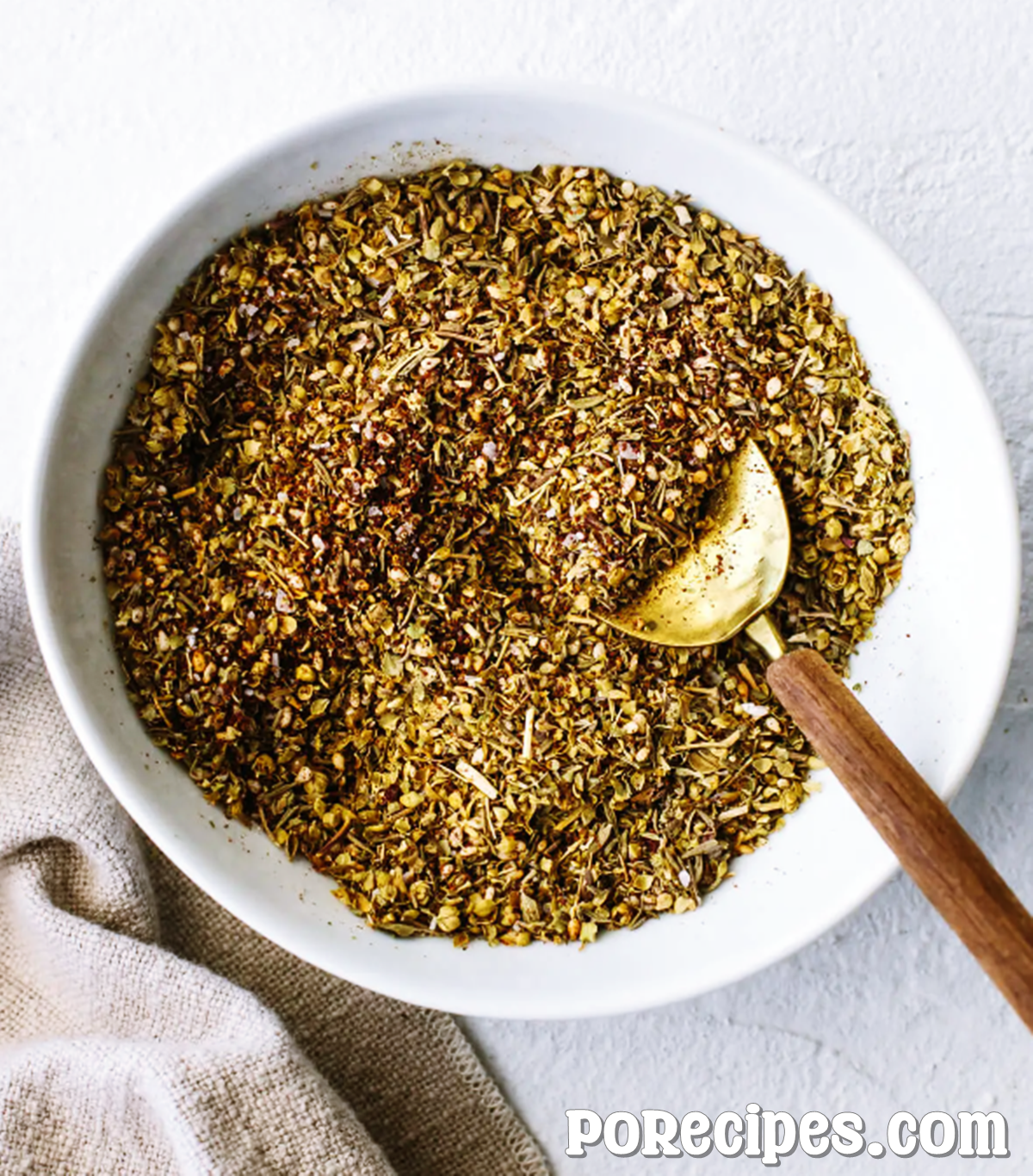
WHAT IS ZA’ATAR?
Za'atar can be different in different parts of the Middle East, but at its core, it is a mix of thyme, sesame seeds, oregano, sumac, and sea salt. It tastes like herbs, nuts, salt, and spicy and has a hint of sourness from the sumac. It tastes like what a complex Middle Eastern spice would taste like.
When it comes to how it's used, there are many ways to make it shine. I like mixing a spoonful of olive oil and drizzling it over homemade hummus. But keep reading for a few more suggestions on how to use your freshly made jar of za'atar (hint: it will make many meals better!)
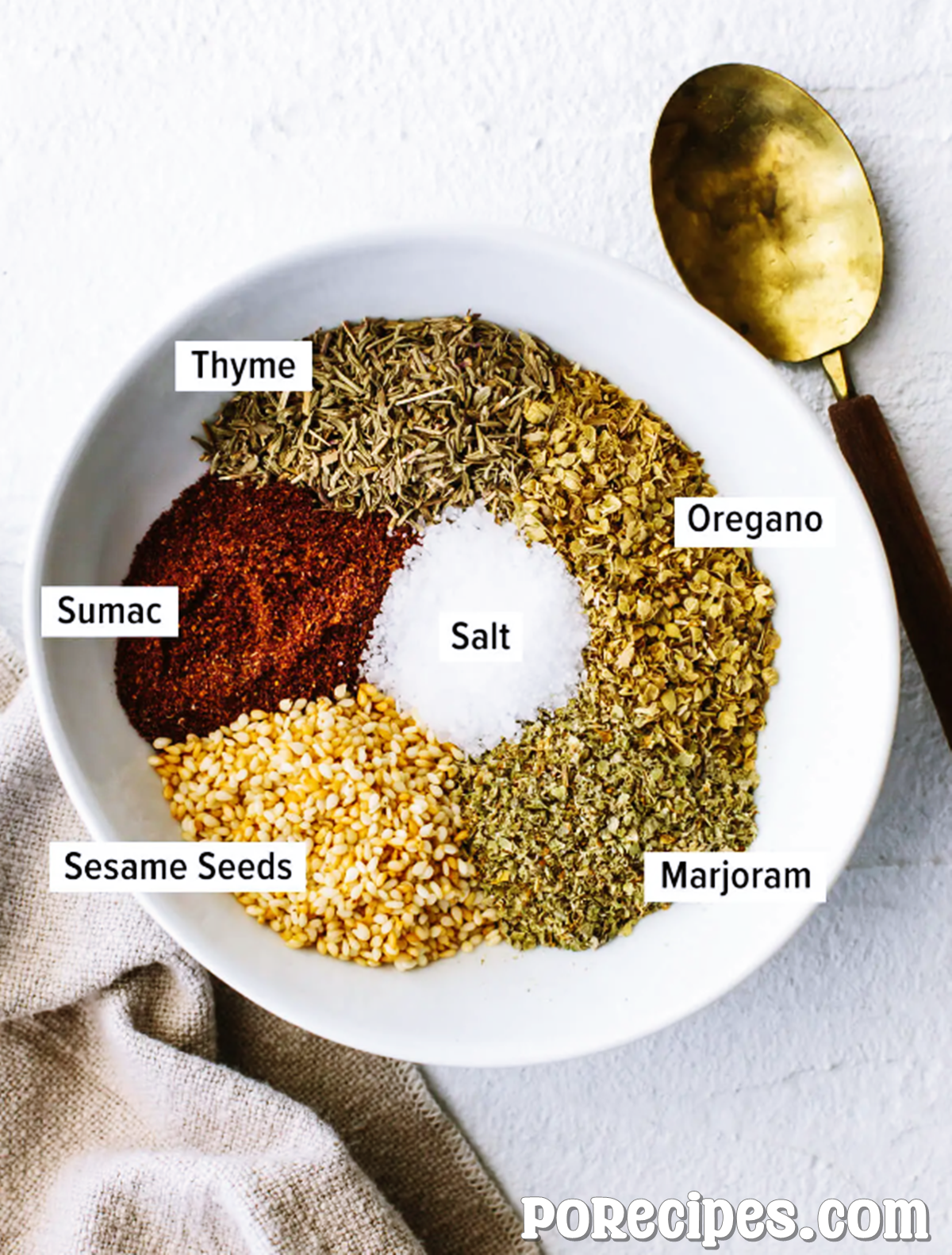
ZA’ATAR INGREDIENTS
This version is close to the basic recipe, except for the oregano. Marjoram has been used as a medicine for a long time because it can reduce inflammation and kill germs, which makes this recipe for za'atar healthier.
- Mexican oregano is the kind of oregano that you probably use the most. However, Mediterranean oregano (more particularly, Greek oregano) is excellent for this dish for a more robust, earthier flavor.
- Marjoram: This wild plant truly belongs to the oregano family, but it has a distinct lemony, spicy, and sweet flavor. More health-related retailers carry it. But if you can't get marjoram, you can add additional oregano in its place.
- Thyme: Thyme's crisp, minty flavor helps to offset the spicy, earthy scents of marjoram and oregano.
- Sesame Seeds: Although you can use sesame seeds in raw form, toasting them truly elevates this spice mixture.
- Sumac: Used in marinades, colors, and even medicine, this sour and lemony spice is a staple in Middle Eastern cooking. Look for it in the international or spices area of your neighborhood supermarket.
- Sea salt is typically used. However, kosher salt can also be utilized.
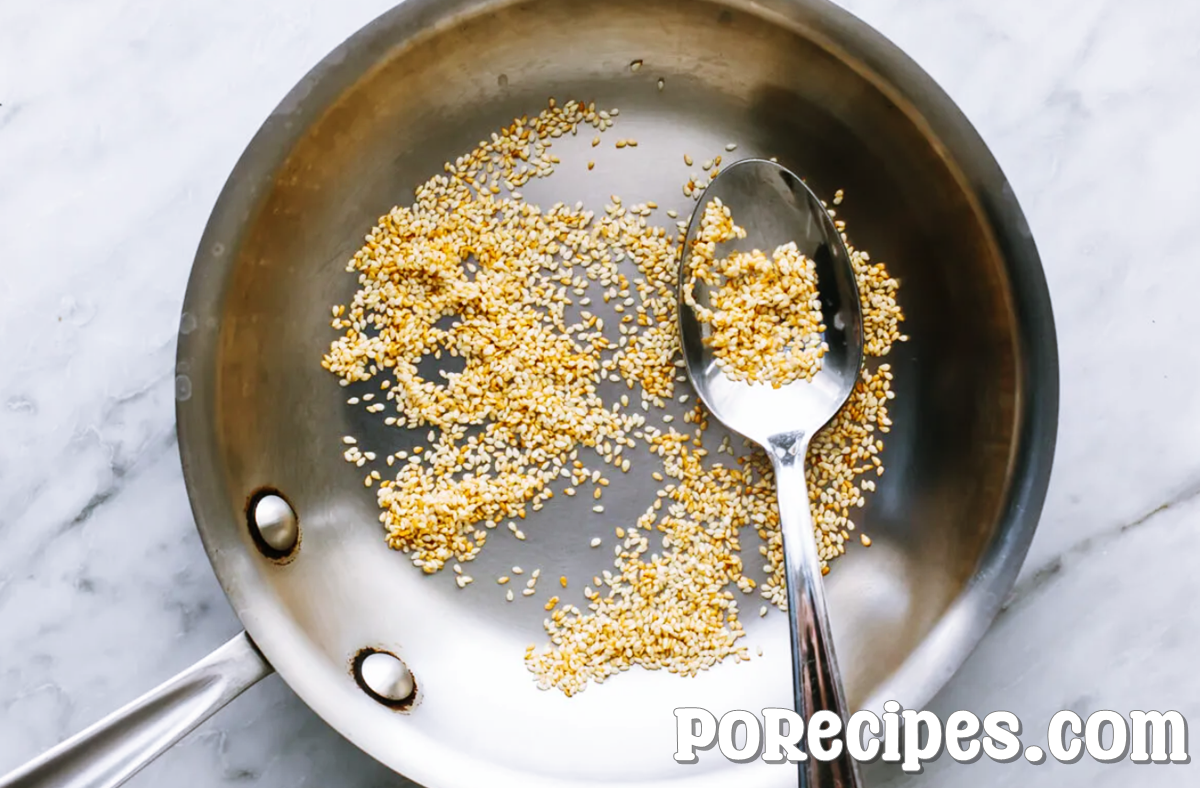
HOW TO MAKE ZA’ATAR SPICE
Before combining all the spices, you will toast the sesame seeds first since I recommend doing so in this spice mixture. Place the seeds in a small pan and toast them for 2 to 3 minutes on medium until golden. Remember to shake or stir them every so often to prevent them from burning. Stir all the spices together in a small dish once that is finished. The za'atar spice is now complete and ready for use.
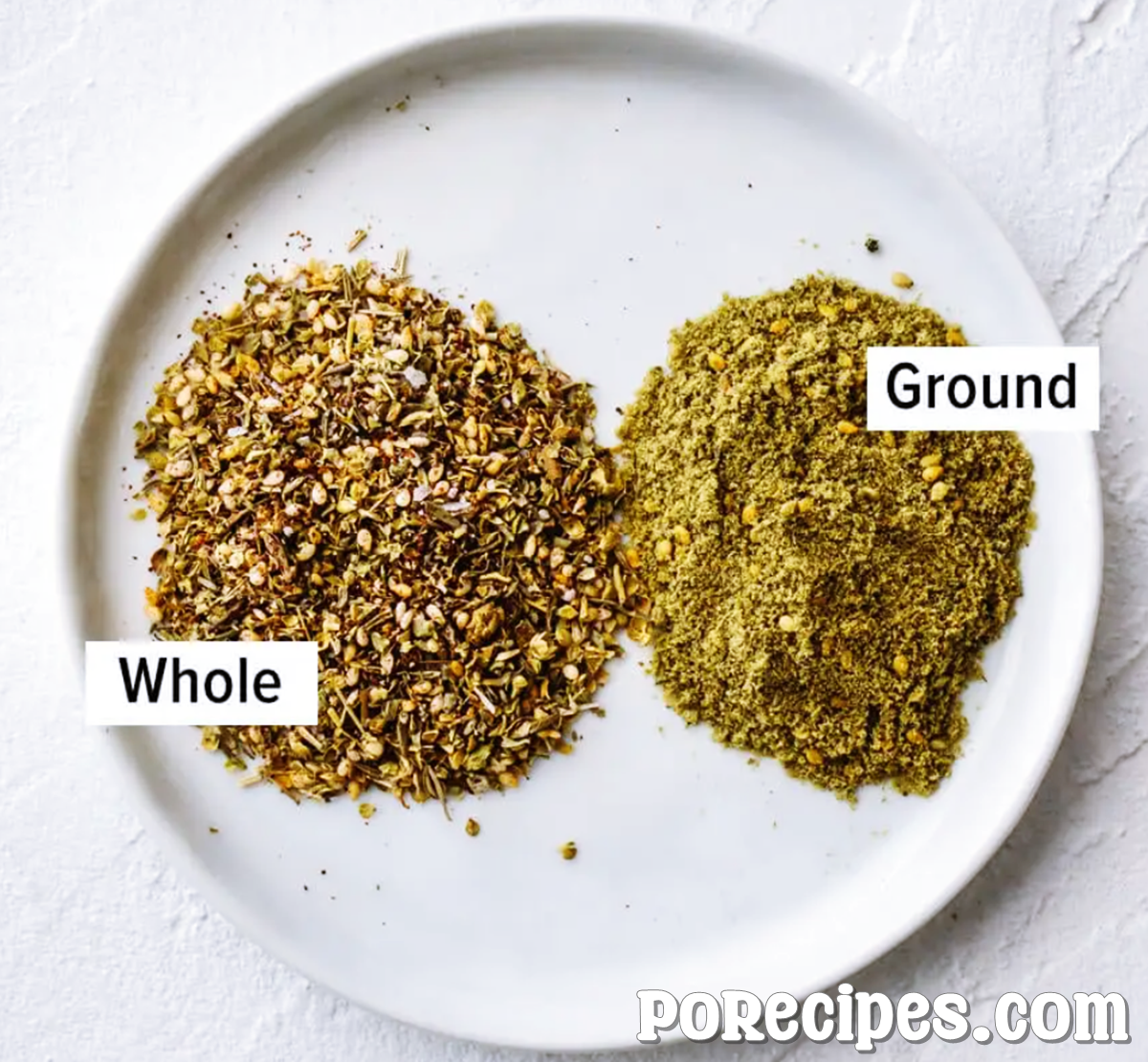
GROUND VS WHOLE ZA’ATAR
Za'atar can be prepared in two different ways: ground or whole. All of the dried spices used in this recipe are used directly from their packaging for a chunkier texture. Except for the toasted sesame seeds (which you would add last), you can utilize a mortar and pestle to ground all the spices for a finer texture.
WAYS TO USE ZA’ATAR SPICE
Za'atar is a wonderful addition to dippable appetizers. However, keep it handy for dry rubs and marinades for your preferred proteins. Here are some suggestions for za'atar recipes:
- Sprinkle on dips from the Middle East. You can put za'atar right on top of hummus, baba ganoush, or labneh, or mix it with olive oil first.
- To roast greens, add: Za'atar, a spice that adds flavor to simple veggies like roasted cauliflower or broccoli.
- Just use olive oil to mix it! Olive oil and za'atar are mixed in a bowl. It's like a traditional Italian starter but has a different taste.
- Make meatballs with it. Almost all meatballs have spices added to them to make them taste better. So, to make meatballs that taste as if they came from the Middle East, mix za'atar spice with ground lamb or beef.
- Use it as a dry rub or in a sauce. This tastes great on meats like chicken or steak but also on grilled or roasted veggies.
HOW TO STORE SPICES
I love to use these glass spice jars to store my spice mixes. Then mark it with a paint pen that works with water! You can also put them in a small jar with a lid. In either case, this mix of spices will be good for up to a year.
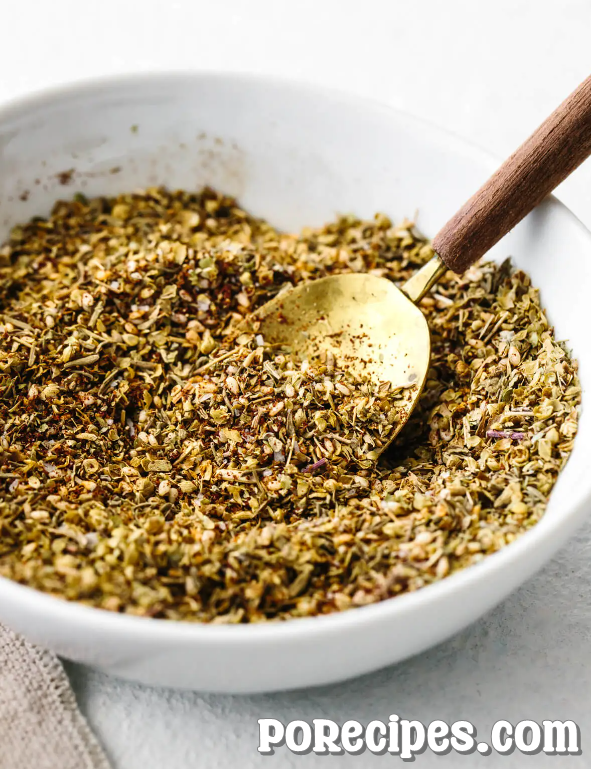
FAQ's
What is the Za Atar spice?
A popular term in Arabic, zaatar or za'atar (zaah-tur), designates a Middle Eastern herb spice blend and, more importantly, a unique herb plant belonging to the mint family. In English, the herb is known as Syrian oregano or bible hyssop, but the spice blend is known as za'atar.
How does zaatar spice taste?
Dried za'atar has a distinct, herbal taste. The sesame seeds give it a nutty, crunchy taste in addition to its robust flavor. It is more subdued than solid herbs like rosemary or North American thyme.
Is Zaatar healthy for you?
Zaatar offers several remarkable health advantages, including the ability to increase energy, boost the immune system, increase skin health, strengthen bones, improve circulation, clean up the airways, reduce inflammation, enhance mood, aid with memory, and treat chronic ailment.
Conclusion:
The most important ingredient is sumac, which is mixed with roasted earthy spices like cumin and coriander as well as savory dry herbs like oregano, marjoram, or thyme. Sumac imparts the delightfully surprising tanginess that is the secret to the best zaatar.

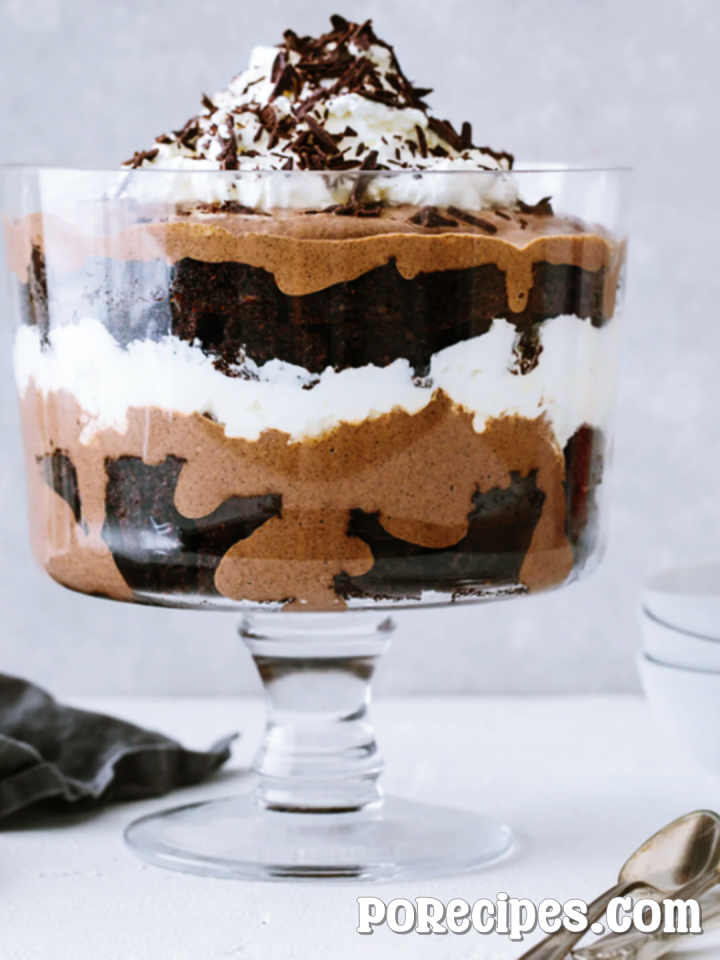


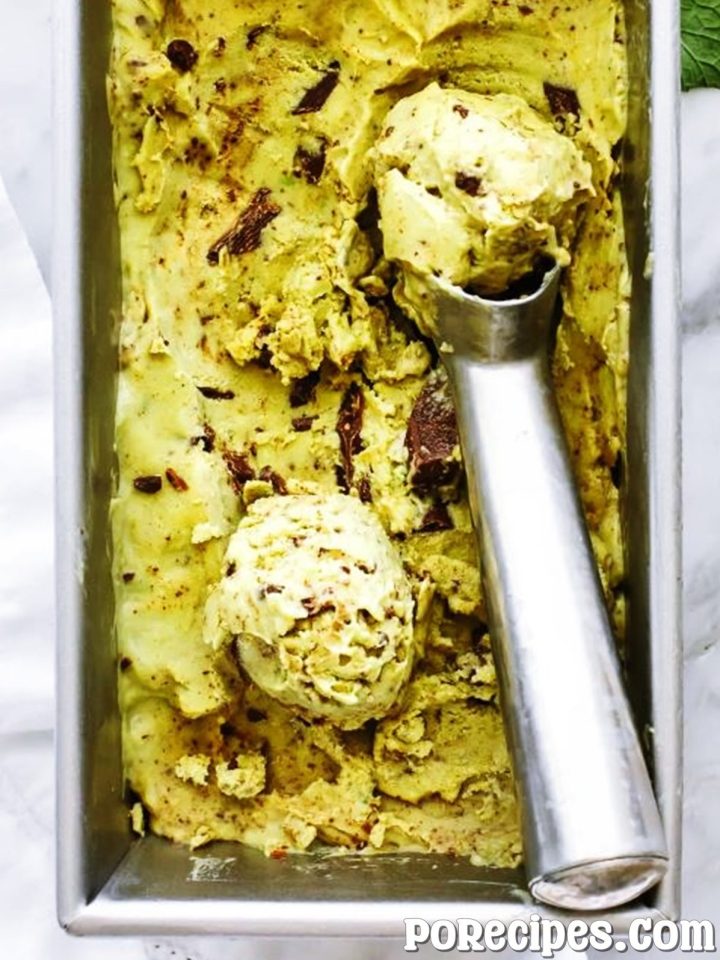
Leave a Reply